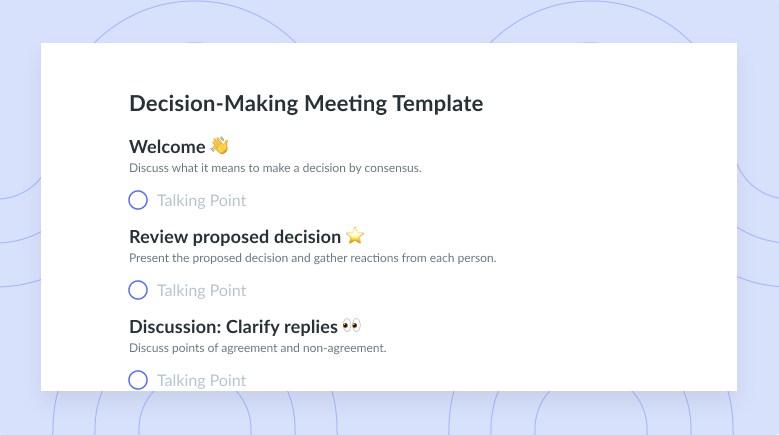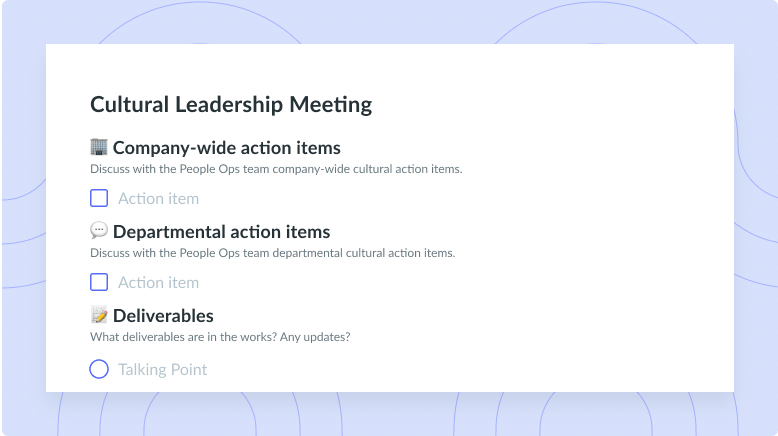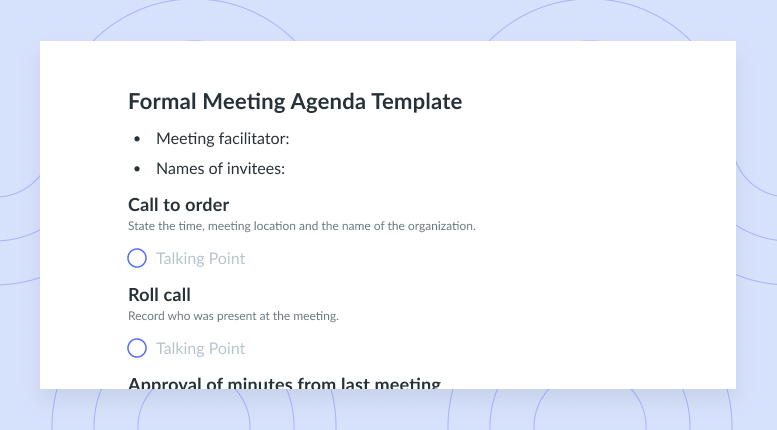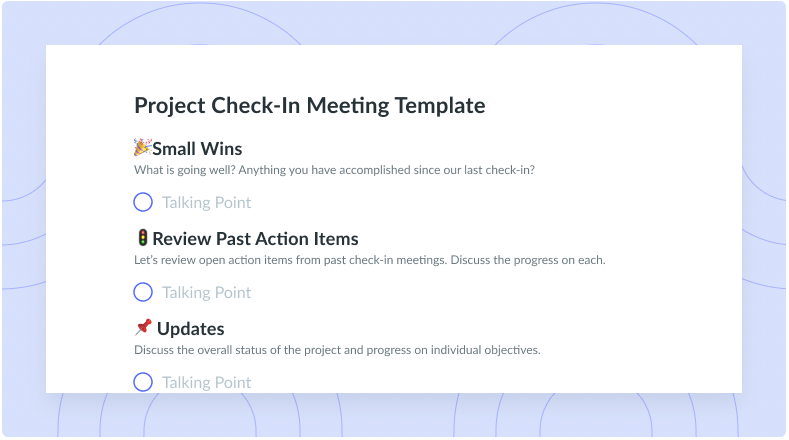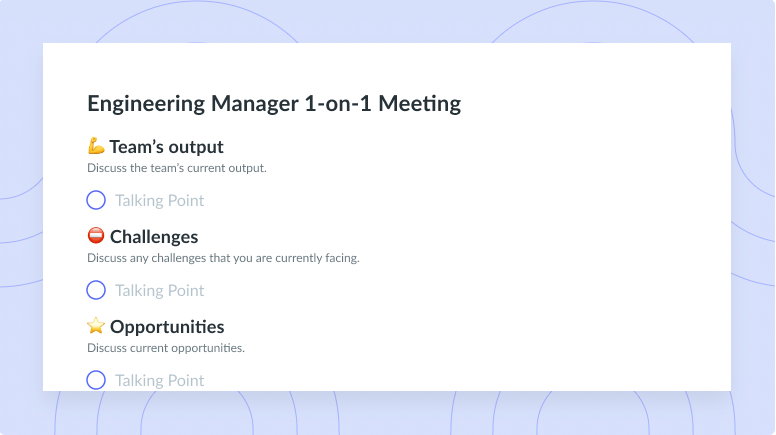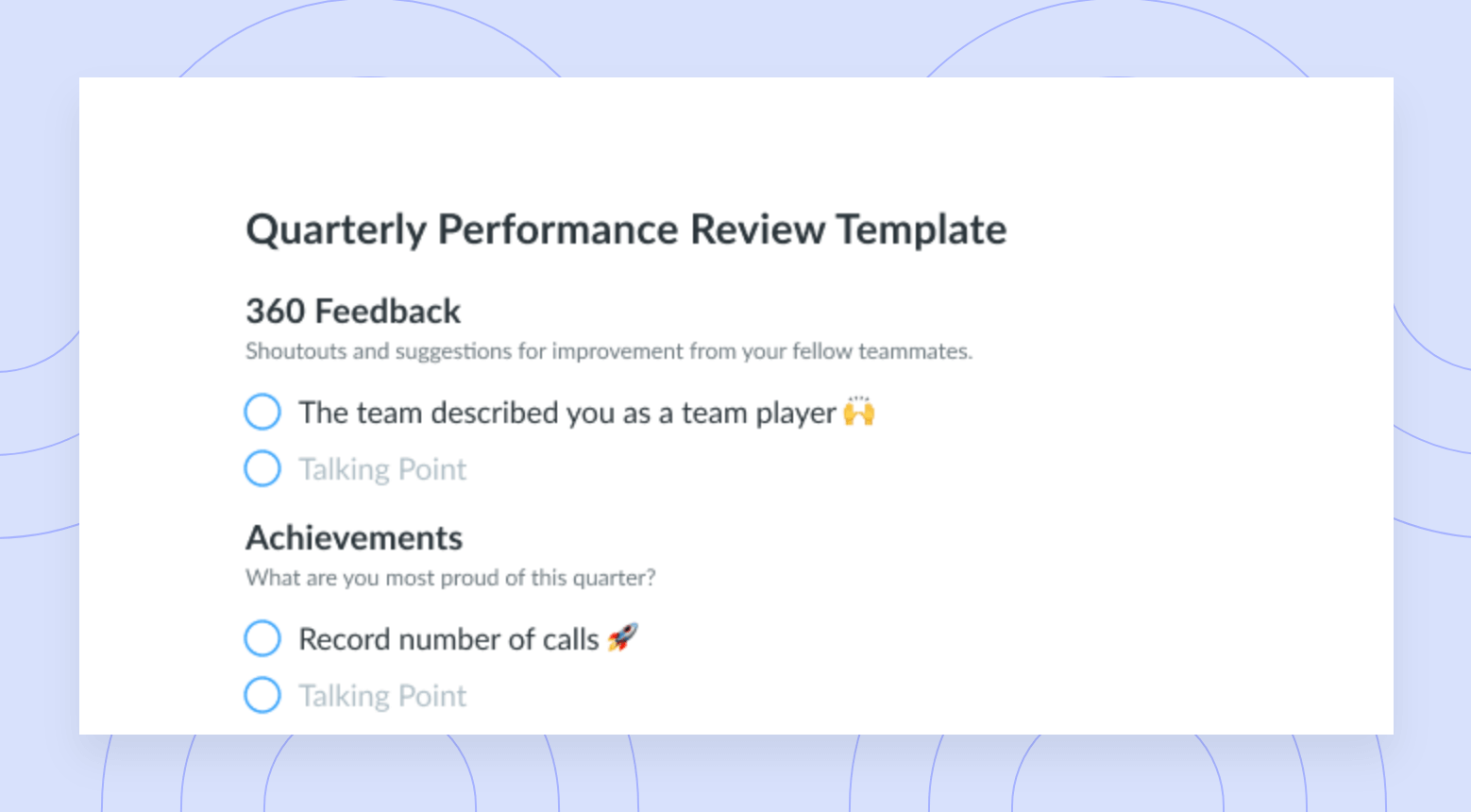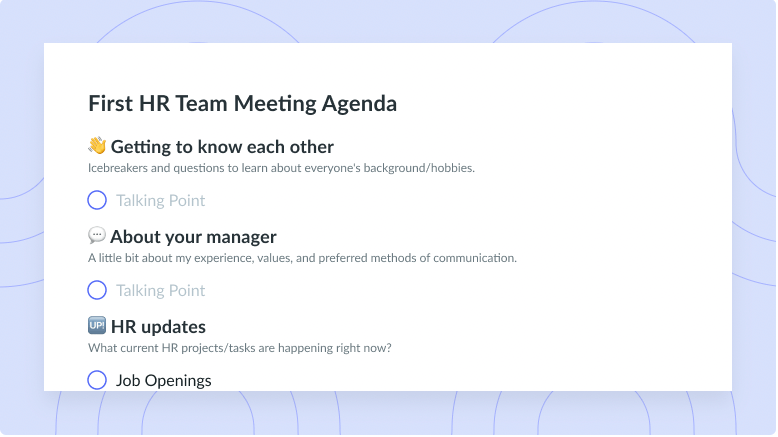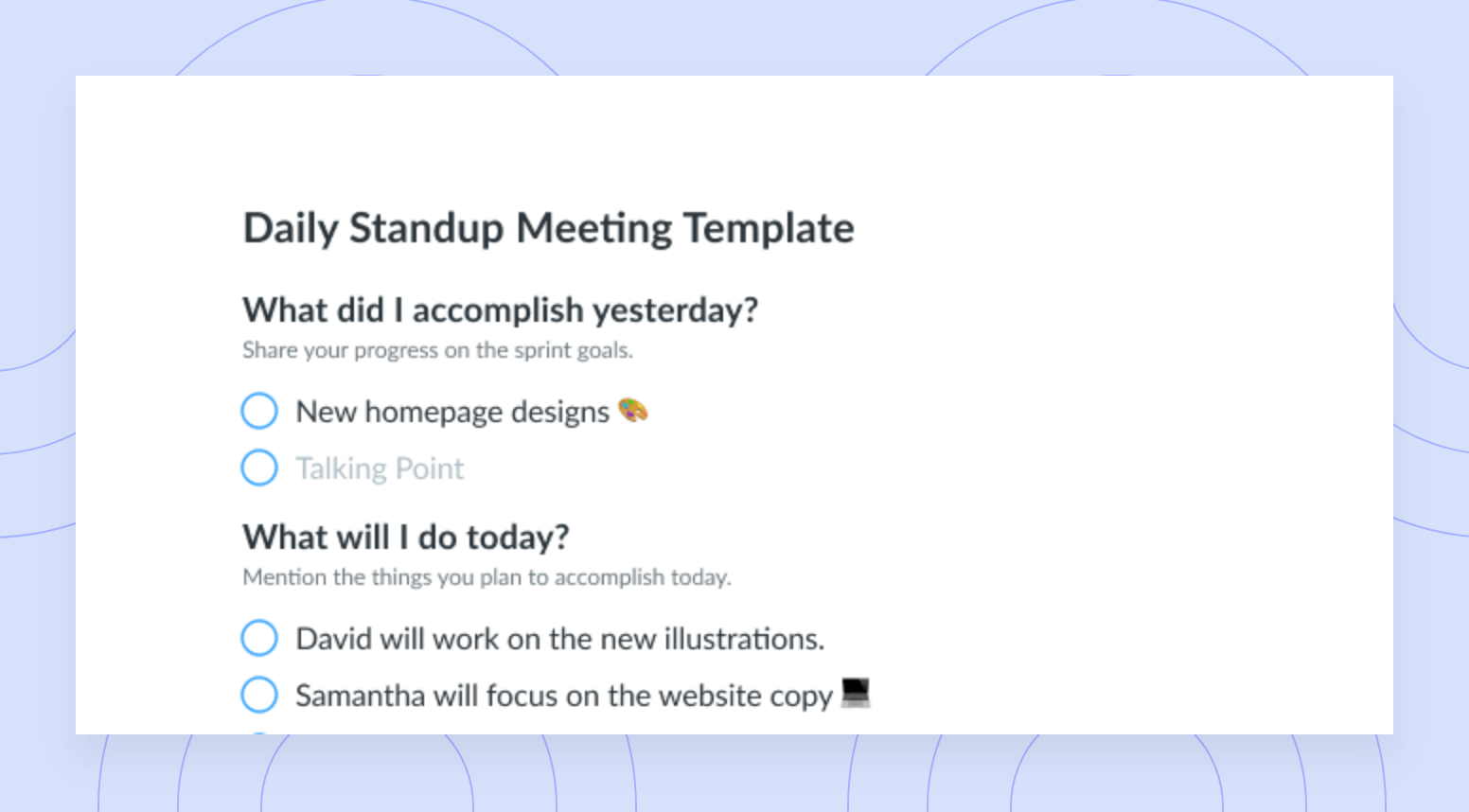Daniel Saks: Embracing Failure and Encouraging Personal Growth
The importance of learning through failure and striving to graduate at work with Daniel Saks, President of AppDirect.
Daniel Saks is the President and Co-CEO of AppDirect as well as the host of the Decoding Digital Podcast where he aims to tell amazing stories about transformational leaders that are changing their respective industries through massive transformations.
Listen to this episode (or read the transcript below) to learn about Daniel’s peak performance philosophy so you and your team can perform at your best.
1 Who has been your favorite manager?
I was fortunate to do a ton of different summer internships when I was growing up and one of the most memorable experiences was when I went to Australia with a friend and we worked on a ranch in Wagga, Wagga, Australia. My manager was Dean Hann, he was a rancher, we raised hundreds of cattle and thousands of sheep and he was responsible for taking care of the land and the animals. I had zero experience working on a ranch and it was just so fascinating. This guy would wake up with the sun and he lived for work. The very first minute we arrived, he said, there’s an easy way and a hard way to do everything and I’m going to teach you the easy way but you’re probably going to do it the hard way and fail and then you’ll come back after failing a few times and you’ll want to learn how to do it the easy way and I never forgot that lesson. When it comes to managing people, they can drive so much more ownership if they have the ability to learn not just what to do, but how and why, so I think embracing risk and failure in experiences and in grooming talent is so important, because it gives them the context of knowing there’s a better way and how to do it. Dean was just a phenomenal leader. He taught true grit and resilience and conviction and passion and respect for nature and animals. It was fantastic.
2 What led you to make the decision to start a company right out of school?
From the youngest memories I have, I always brainstormed different business ideas and wanted to start a business. There’s the conventional path that many people take, but I realized that life is often about taking risks. I was brainstorming ideas with my co-founder. We spent, years brainstorming ideas, talking about founders we admired, talking about the types of values we’d want in an organization, and we started having to realize that Cloud would be an amazing opportunity to democratize technology, and to enable people at work around the world to have access to the tools that they need in order to thrive and compete. We started to have so much conviction in this vision that we really started to question if it started to make sense for me to spend three years of my life in investment banking, or private equity, or on an MBA when I knew I could make a huge impact on the organization today or on the world today.
3 What were some mistakes that you made when you first started leading a team?
When we had our first team of 10 people, there was someone who did sales, somebody that did business development, someone who did product, and because it was our first time, we set this expectation that the company was going to be huge in 30 years and we would all be running the company. What I realized in a fast-paced environment is that you need to identify a mission for people. You have to set the expectation that you won’t do the same thing in the same way forever. Setting the expectation with team members that they are going to be in one role for a long time and stating that leaders need to manage in order to progress in their career isn’t fair because it’s an unrealistic expectation. I try to encourage people to grow in their career whether or not that means managing people, but it can be a trap. Something that I would reiterate is the importance of setting clear expectations and giving good feedback so everyone can execute on the mission and be rewarded on individual contribution.
4 What is the average amount of time that people commit to leadership?
I think leadership and senior leadership tend to be longer, but I would say generally that it’s too short. It takes a long time to ramp people up in an organization or a culture, so we really try to set the expectation that, we want people to be here for a four-year commitment in terms of duration. But in that period, there’s the opportunity for them to have two to three opportunities to progress or to do something new and I do think in order for you to gain competence and experience in any role, being in the role for six months isn’t enough. I definitely encourage and set expectations that we want the hire to spend the time in the role, we want them to gain competence expertise and from there, there are opportunities to progress.
5 How can people grow within their leadership role?
You need to empower people to have control over their careers and have the autonomy to do what they want and to lead and to have different experiences. A lot of it is also about the individual managing their own career and expectations. One thing that I didn’t recognize when we started is that burnout is real. Oftentimes, an organization can be predisposed toward creating burnout. But more often than not, it’s an individual that has a high expectation for themselves and they can’t step out of themselves and reflect on when they may be experiencing challenges that can lead to burnout. One of the things that we’ve done to help minimize the risk of burnout is our performance philosophy, where we provide a lot of enablement, training and best practices around how team members can perform at their peak.
6 What has been your biggest challenge in leadership?
I try to fire myself every year and the more elegant word that I use with my team is graduate. I look at everything we were doing last year and try to automate or graduate from there and I think the amazing thing about technology is that you can get more efficient per capita, per person in your organization, versus needing to hire more people to replace yourself. I’m always trying to learn if there are ways to automate the decisions that I’m making or if there are ways to delegate the decisions that I’m making. I really encourage our team members to graduate from one tour of duty to another as soon as possible. There is a lifecycle and every tour of duty that can apply to me just as much as anyone in the organization and I’ve become maniacal about planning and gotten much more sophisticated in my annual planning cycles.
I spend a couple of days in the fall where I really try to reflect on my accomplishments, where I struggled, where the team was strong, what I can graduate from, and then I break it down into objectives for myself that are measurable. I then have a methodology to hold myself accountable on a quarterly basis, and biweekly basis, and even a daily basis in order to make sure that I’m trending and tracking and making progress. People need to structure their own productivity framework that’s going to enable them to perform at their best.
7 Can you expand on the concept of creating a personal cadence?
I habit track, so every day, I have a list of things that I want to set an objective for to create a habit. I also find the power of a journal is really valuable. I set the high-level objectives in October and based on that, I’ll recognize that there are certain things that I want to make sure that I’m able to do and reinforce so on a monthly basis, I’m going to track to make sure that I’ve made progress on those objectives.
8 How does your personal cadence or planning translate to your company and your annual planning?
It’s similar, wherein the fall, we’ll start our leadership off-site and budget planning and then flow through. I’ve really borrowed similar methodologies from work in my personal life. You get used to this rhythm, and it becomes somewhat second nature. It’s also a great way for me to appreciate the accomplishments that I’ve had and the things I’m focused on and a great way for me to prioritize things not only in work, but outside of work that I want to be able to get better at or improve.
9 How do you make sure that you’re creating a culture where people feel comfortable to experiment and make mistakes?
We really try to institutionalize lessons learned by having a framework for the way people can describe their post-mortem or what went wrong, or what they learned, and we encourage people to do that in team meetings, in quarterly reviews, and town halls. What I’ve found particularly important is the practice of modeling it as a leader. It’s about taking them on the journey of your psychology so they can learn how it was hard on you, and how you didn’t feel comfortable and how it made you feel. Being able to tell a very vivid and personal story as a leader that showcases the cognitive challenges and the emotional challenges that you experience personally helps to create an organization and culture where people feel comfortable talking about failure.
10 Do you have any advice for people that may be new to hiring?
One thing is that there are incredibly talented people out there and just because they may not be successful within your organization, doesn’t mean that they’re not great talent. We’ve had many directors who had maybe not performed at their best, but performed phenomenally in other organizations, and vice versa. Good hiring is all about being transparent on your values, on your working norms and the culture, and really giving the candidate an opportunity to see what it truly is like to see if it’s an organization where they can thrive.
11 How do you make sure you’re hiring the right person for a leadership role?
The aptitude assessment that we have is about rewarding excellence and identifying great talent, regardless of role and that’s the base to qualify you for an interview. In terms of the role of a CEO, one of the most important things you can do is attract the right talent and really be focused on talent. When you don’t know what you don’t know, which is a lot, you can learn a lot from talking to others, and from creating a rigorous criterion, and then getting validation as time goes on.
12 How does prioritizing positivity impact your day?
When we started the company, we created five core values, one of them being a positive mental attitude. Even my vows to my wife at our wedding, and our family values are positive, present, grateful, I really try to do everything I can to stay positive. Positivity is a hard thing because everyone’s going to go through ups and downs and the one thing I always share with my team is that values are not something you have or you don’t, you have to work towards them all the time. For me, it’s a simple value, you only have so many days, months, and years to spend in your life and it’s more fun to be positive. Why not spend your time, looking at things with a glass half full and learning from people, and being curious?
13 Can you tell us about your podcast Decoding Digital?
Transformation is actually not about the technology, it’s about the people. There’s a certain set of characteristics that lead our customers to be successful and they are things like vision and foresight and having the ability to take risks and all of these characteristics are important in encouraging the next generation of people who can digitally transform. Successful transformations at work always came down to people who led a successful transformation of themselves through sharing these characteristics and self-reflecting and we wanted to be able to highlight these people. There are so many amazing people out there with amazing stories and we wanted to be able to capture it. We feature transformational leaders that are changing their respective industries, and really speak to the characteristics behind these transformations.
14 Do you have any resources, tips, or bits of wisdom for managers or leaders that are looking to get better at their craft?
There’s a book called Leading at The Speed of Growth from the Kauffman Foundation, and it essentially charts different phases of leadership, depending on the growth and scale of the organization, and highlights pitfalls and lessons learned at each phase. It was an incredible textbook for me that helped me navigate the differences in the evolution of how I need to lead, and I would encourage that everyone listening or reading read the book.
![Information-Sharing Meeting 101 [+ Free Templates]](https://fellow.app/wp-content/uploads/2022/05/Information-Sharing-Meetings.jpg)








